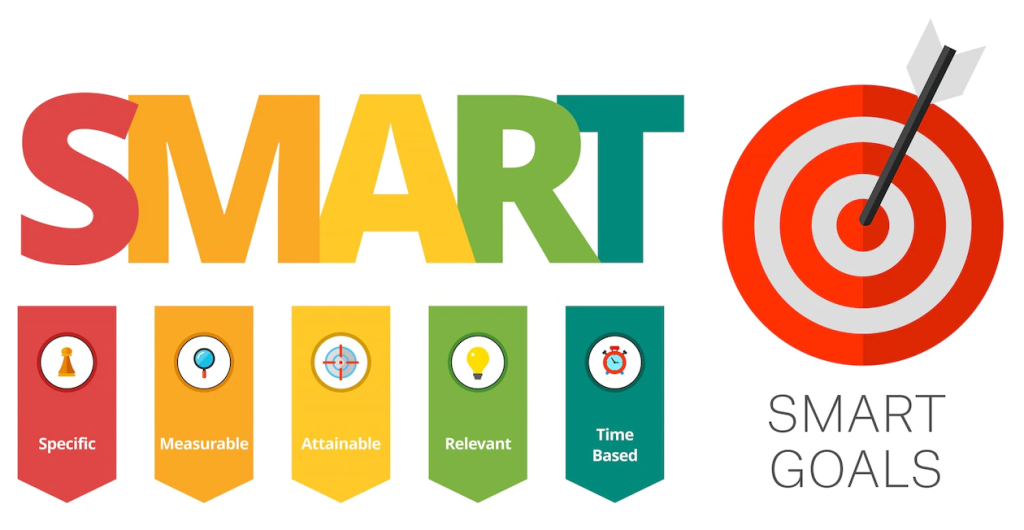Team efficiency is critical for the overall success of a company or organization. An efficient team is not only productive but is also able to find the most cost- and time-effective ways to perform various tasks and complete projects while meeting deadlines.
Despite the crucial role team efficiency plays, many teams struggle to organize their activities in a more effective way to ensure consistently high performance. Without further ado, here are few effective ways to improve team efficiency.
Why Do You Need an Efficient Team?
Compared to productivity, efficiency is actually more important for teams for a variety of reasons. Essentially, efficient teams are both productive and effective. Rather than aiming to simply maximize the results or their performance, they aim to minimize the effort, time, and resources that they have to invest to achieve these results.
For instance, a productive team can have high sales, but an efficient team will have high sales while having spent a smaller amount of effort, time, and resources to achieve these numbers. Efficient teams also prioritize longevity and consistency – they don’t need to show good results once but rather aim to show them regularly again and again.
This is also why efficient teams are the ones that experience less burn out than simply productive teams. A productive team can achieve great results through very rigorous work which ultimately leads to failure due to exhaustion. An effective team can achieve great results through reasonable work which allows employees to continue working as usually.
How to Increase Team Efficiency?
Here are some effective ways to improve your team’s efficiency that will help you make your team more productive.
Set Realistic and Attainable Goals
Firstly, you need to set realistic and attainable goals. If you set your goals incorrectly, you will either think you are overperforming when you are actually underperforming or the other way around.
The best approach for setting goals is called SMART which stands for Specific, Measurable, Achievable, Relevant, and Time-Bound. If your goals fit all of these characteristics, then you can probably say you set your goals correctly.
Clarify Roles and Responsibilities
Next, you need to clarify all the roles and responsibilities so that each member of your team knows what their duties are. Every employee of yours has to know what they should be doing and what is expected of them.
For instance, if you have a content creation team, then you need to make sure that everyone knows what they should be doing on a daily basis. Is your video creator only responsible for writing video scripts? Or should they also film the videos? Or perhaps they should also edit and publish them? Talk these details through so that everyone knows what their job is.
Organize Team-Building Activities
Team-building activities are some of the best tools you have for bringing your team members together, so it’s a good idea to organize these regularly. Of course, times of crises where everyone works together can also help you unify your employees, but you can’t wait for such situations to happen. Team-building is your best choice.
You need to create a stronger bond between your team members that will last a long time and make them work together more efficiently. Such activities can be anything from movie nights every Friday to creative brainstorming sessions.
Give and Receive Feedback
Giving and receiving feedback is absolutely a must for a team that functions well and consistently shows high performance. In other words, feedback is critical for efficiency. You can give and receive feedback verbally “in the moment”, but you can also organize written feedback communication on a weekly, monthly, quarterly, or yearly basis.
For example, it’s a good idea to have employee surveys regularly where employees can provide you with feedback. You can hire a professional writer from the writing agency Best Essays Education who will help you develop your survey in a way that will be unbiased and will take into account multiple topics for feedback.
Utilize Project Management Tools
Efficiency is about a variety of things, and one of these is time management. Scheduling tasks in a smart way is important for your team to be able to complete them all on time. For instance, you will need to look at the task’s importance, urgency, complexity, etc. to decide when it should be performed and how much time it will take.
To organize all the scheduling better, you can utilize different project management tools such as Trello, Asana, etc. These tools can be used by teams, so it will be easy to access the scheduled tasks anytime. Moreover, the tools are designed in a way to make communication easier, so the tasks can have tags, comments, etc.
Know Your Strengths and Weaknesses
Every employee has their own strengths and weaknesses which also contribute to the strengths and weaknesses of the team as a whole. Knowing these strengths and weaknesses is necessary to be able to use them to your advantage. Otherwise, your team could be suffering from low performance simply because you aren’t using your strengths to their fullest.
You will need to identify the strengths and weaknesses of each one of your team members and then utilize this information to understand what the strengths and weaknesses of your team are. You can then make adjustments in your plans and approaches to utilize your team’s strengths to the fullest while reducing the effect of the weaknesses.
Communicate Effectively
As mentioned earlier, different project management tools make communication easier and regularly giving and receiving feedback can also help with this. However, you need to look for even more ways to communicate more effectively. The better your communication is set up, the more efficiently your team can work.
Keep in mind that having proper communication is not something you can do once and forget about it. Communication within your team needs to be efficient at all times, whether it is remote or face-to-face. You can create communication policies, find the right communication tools (e.g. Slack), and so on.
Outsource to Reduce the Workload
Outsourcing is a great solution for teams that are struggling with their workload. By outsourcing some of your tasks, you can reduce your workload and focus on all the tasks that are left. Besides, outsourcing can often be used to reduce costs and streamline your working process among other things.
For instance, you can hire experienced writers from the writing service Trust My Paper to handle your content creation while you focus on customer support. This way, you can ensure that all the content you use in your marketing campaigns meets the standards you set for yourself while being consistent in style, tone, etc.
Reward Employees for Successes
Rewards can be the perfect motivation for your employees to become more productive. These can range from a simple “thank you” to extra vacation days to gift cards. You can even develop a reward system where employees can earn points and then exchange them for their reward of choice.
Make sure that the rewards you are offering are truly valuable and interesting to your employees. Otherwise, rewarding could be pointless. You need to show that you truly care about your employees by giving them meaningful rewards that will be in line with their interests, priorities, values, and so on.
Track Performance and Improve
Tracking performance is crucial for understanding whether you are achieving your goals. Moreover, it is also necessary for further improvement. If you didn’t achieve your goals, you will need to identify the reasons why that is so. And if you achieved them, you will need to decide how to set new goals correctly.
Make sure that the metrics you track are the same at all times and that you track them consistently. If you change the metrics you track or the way you track them, you might make incorrect conclusions about them which will lead to poor decisions in terms of goal-setting. That being said, you can still start tracking additional metrics even if you didn’t track them at the beginning (provided that they can give you a more complete picture of your activity).
Set Up the Right Work Environment
Sometimes, the problem is not in the way your employees work but rather where they work. Setting up the right work environment and providing good working conditions to your team is absolutely essential. And if your team members are working from home, then you need to make sure that every employee’s workspace has the right conditions.
Your team’s office needs to have the right temperature during any time of the year, all the necessary equipment, food and tech (e.g. coffee machines) to use during breaks, and so on. Remote employees will need to have any relevant tech and even furniture that will make their working conditions as comfortable as possible.
Don’t Overdo but Don’t Stop Either
Lastly, try not to overdo anything, but don’t stop either. This can sound vague, but the point is that you shouldn’t push too much, but you shouldn’t give up on something either. Don’t stress out your employees because they could burn out, but don’t just let them sit at work bored because that won’t help their efficiency either.
You need to find that balance that will have your team at its maximum efficiency without actually having the outcome of burnout. This is why you should prioritize consistency and longevity in all your activities.
Final Words
To sum up, team efficiency definitely depends on a variety of factors, so you will need to make improvements in different aspects of your team’s work. Use the tips in this article to help you improve your strategy and make your team more efficient.
Kristen Bray is a professional writer and а blogger. She has been working as an editor at а Best Essays Education. Kristen mainly covers topics such as blogging, digital marketing, and self-education. In her free time, she practices yoga and also travels.





